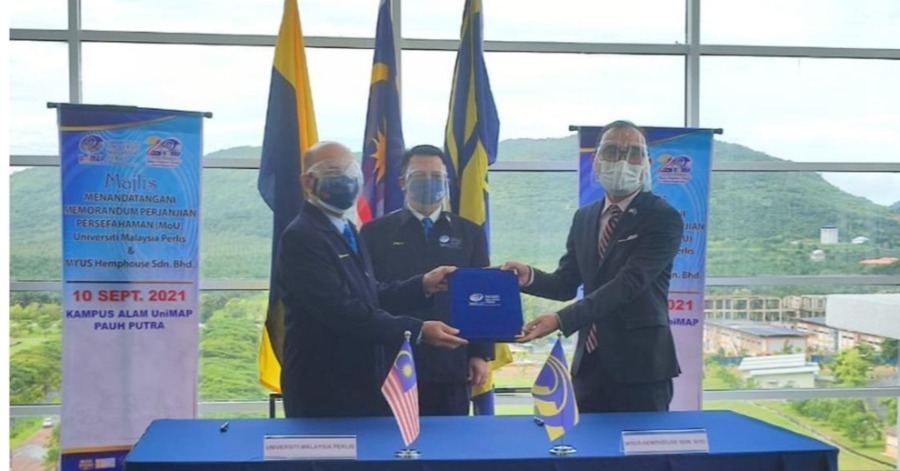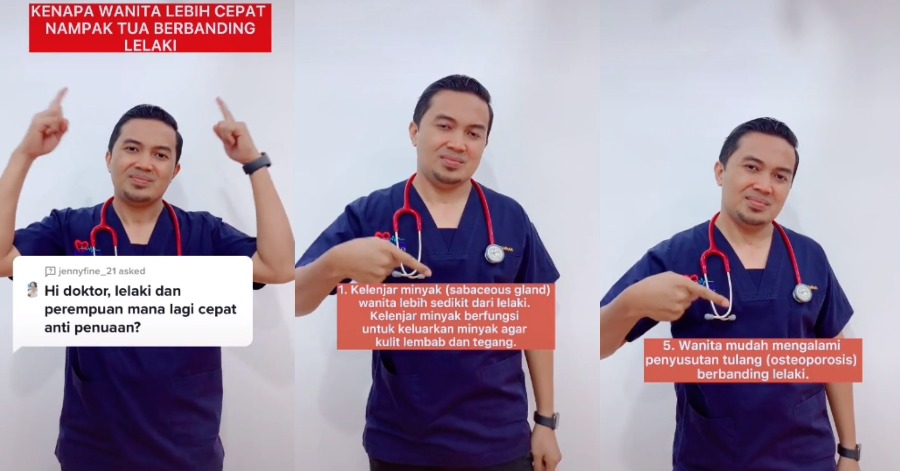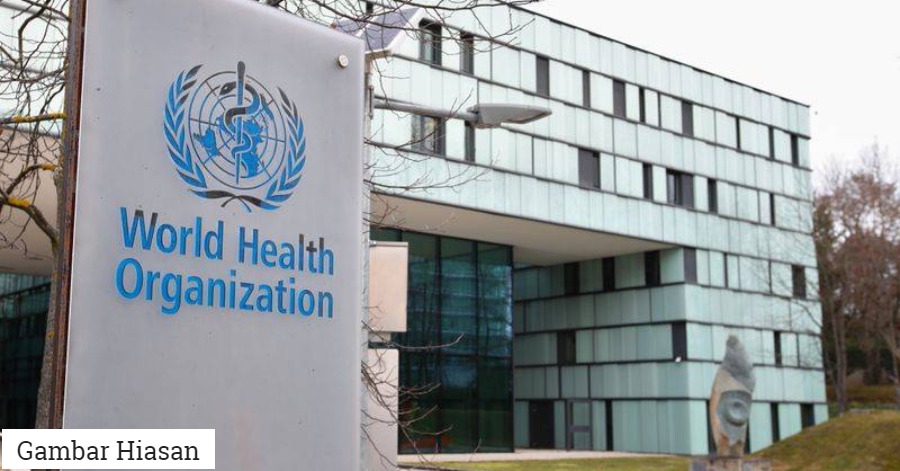KUALA LUMPUR – A team of researchers from Universiti Putra Malaysia (UPM) has succeeded in creating two innovations – TB Strip and TB Reader – to screen and detect tuberculosis (TB) faster to facilitate early treatment of the disease.
It only takes the TB Reader about two hours to analyse a sputum sample and detect the presence of the TB-causing bacteria even if the bacterial content is very low. The TB Strip, meanwhile, needs a mere 10 to 15 minutes to detect the bacteria even though it is not as sensitive as the TB Reader.
TB is a contagious infection caused by bacteria called Mycobacterium tuberculosis which usually attacks the lungs but can also damage other parts of the body.
The conventional diagnostic tools to detect TB require much more time to diagnose the disease. For example, the Mantoux test takes about 72 hours to determine if a person is infected with the TB bacteria while the culture test requires a minimum of four weeks.
Among the conventional tests, the acid-fast bacilli test is the most rapid but it produces a high rate of false-negative results.
Prof Dr Nor Azah Yusof, who heads the UPM research team, said the two innovations can not only be used to screen samples and detect the presence of TB more rapidly and comprehensively but are also practical, user-friendly and cost-effective.
“We view our innovations as adding value to the standard (TB) detection methods currently being used by hospitals and laboratories,” she told Bernama, adding that the TB Reader and TB Strip are only meant for screening purposes before a more detailed examination is carried out in the hospital.
CLINICAL STAGE
Nor Azah, who is a lecturer at the Chemistry Department in the Faculty of Science, UPM, said the reader and the strip use an antigen test method to detect the protein released by Mycobacterium tuberculosis in a sputum (a mixture of saliva and phlegm) sample.
According to her, the study on the two innovations is currently at an advanced clinical stage and that they would have to be approved by the Medical Device Authority under the Ministry of Health (MOH) before they can be marketed.
She said the first stage of the clinical study on the TB Reader had attained 70 percent efficacy. As for the TB strip, the clinical trials only started in August last year.
UPM’s study on the TB Strip started five years ago in collaboration with Universiti Sains Malaysia (USM) in Kubang Kerian, Kelantan and MOH’s Institute of Respiratory Medicine.
The TB Reader, meanwhile, was first developed by UPM five years ago in collaboration with USM Kubang Kerian and Universiti Malaysia Perlis, as well as Sabah Tuberculosis Prevention Association, NanoMalaysia Bhd, Ministry of Higher Education and Ministry of Science, Technology and Innovation.
AMONG TOP 10 CAUSES OF DEATH
Meanwhile, according to World Health Organisation (WHO) data, TB is the leading killer of people with HIV and a major cause of deaths related to antimicrobial resistance.
Globally, TB is among the 10 leading causes of death and in 2019 alone, a total of 1.4 million deaths due to TB were recorded worldwide. The figure included 208,000 people with HIV.
According to the MOH website, Malaysia recorded 26,352 TB cases in 2019 (prevalence rate of 81 per 100,000 population), which was two percent higher than the 25,837 cases recorded in 2018 (prevalence rate of 79 per 100,000 population).
While in most cases TB is treatable, sometimes multidrug-resistant TB (MDR-TB) can occur when the bacteria become resistant to the drugs used to treat the disease. This means that the drugs can no longer kill the TB bacteria.
Health experts have voiced their concern over the yearly increase in the number of MDR-TB cases reported in Malaysia.
UPM Faculty of Medicine and Health Sciences lecturer Dr Ummi Nadira Daut said the issue of drug resistance among TB patients would have serious implications on the lives and health of the people if it is not addressed properly.
DRUG RESISTANCE
She said society has to be educated on the danger of MDR-TB and work together to curb the spread of the disease within the community which is happening in Malaysia now.
“Every patient should also be given counselling with regard to medicine compliance. This is because non-adherence to treatment will increase the risk of MDR-TB which will complicate the healing process,” said Ummi Nadira, who is also a pulmonologist.
She said MDR-TB occurs when a TB patient develops resistance to the two most potent TB drugs, isoniazid and rifampicin. Such cases will result in longer treatment periods and higher costs.
She said a total of 352 MDR-TB cases were notified in Malaysia in 2018 with an addition of 182 new cases compared to the previously treated 170 MDR-TB cases.
She said MOH is making continuous efforts to conduct more studies on various aspects of TB such as surveillance, screening, diagnosis and treatment to ensure that the nation succeeds in attaining its zero-TB target by 2035 set under its National TB Control programme.
“Government hospitals are also adding facilities such as Gene Xpert to speed up the diagnosis of MDR-TB to facilitate early treatment,” she added.
Sources: BERNAMA









Leave a Comment